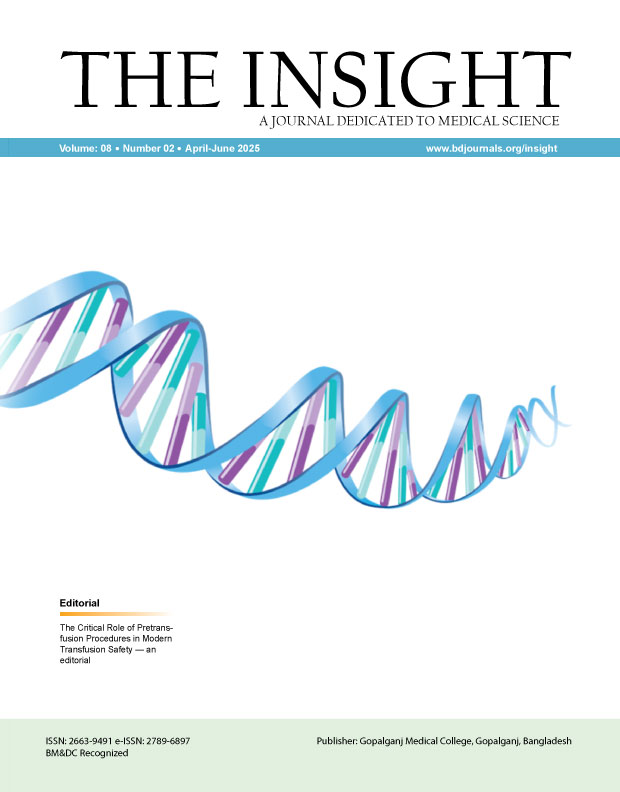Abstract
Introduction: Cholesteatoma in pediatric patients is clinically distinct from adult disease in terms of aggressiveness, recurrence, and surgical complexity. This study aimed to compare recurrence rates and surgical challenges between pediatric and adult patients with acquired cholesteatoma in a Bangladeshi tertiary center. Methods & Materials: A retrospective comparative study was conducted involving 200 patients: 100 pediatric (≤18 years) and 100 adult (>18 years) cases. Clinical features, surgical details, recurrence rates, and hearing outcomes were analyzed over a minimum 24-month follow-up. Statistical analysis included chi-square tests, logistic regression, and Kaplan–Meier survival analysis. Results: Pediatric patients showed significantly higher recurrence rates (25% vs. 12%; p=0.01), earlier time to recurrence (14.2 vs. 20.5 months; p=0.002), and greater need for revision surgery (22% vs. 10%; p=0.02). The CWU technique was more common in children, but associated with lower recurrence-free survival. Logistic regression confirmed pediatric age as an independent predictor of recurrence (adjusted OR=2.39, p=0.033). Hearing improvement was comparable between groups. Conclusion: Pediatric cholesteatoma exhibits higher recurrence and greater surgical complexity compared to adult disease. Surgical planning should account for the increased risk profile in children, with emphasis on follow-up and disease monitoring strategies.

This work is licensed under a Creative Commons Attribution 4.0 International License.
Copyright (c) 2025 The Insight





 PDF
PDF